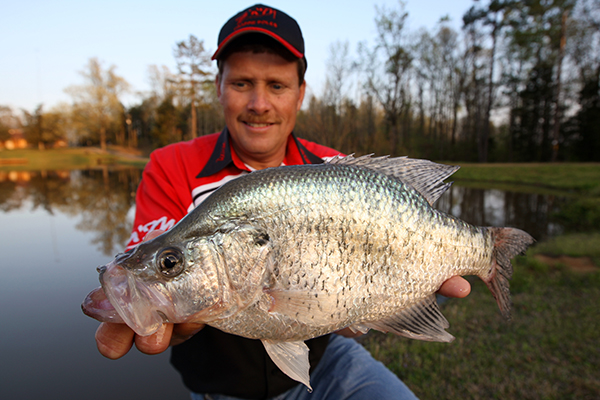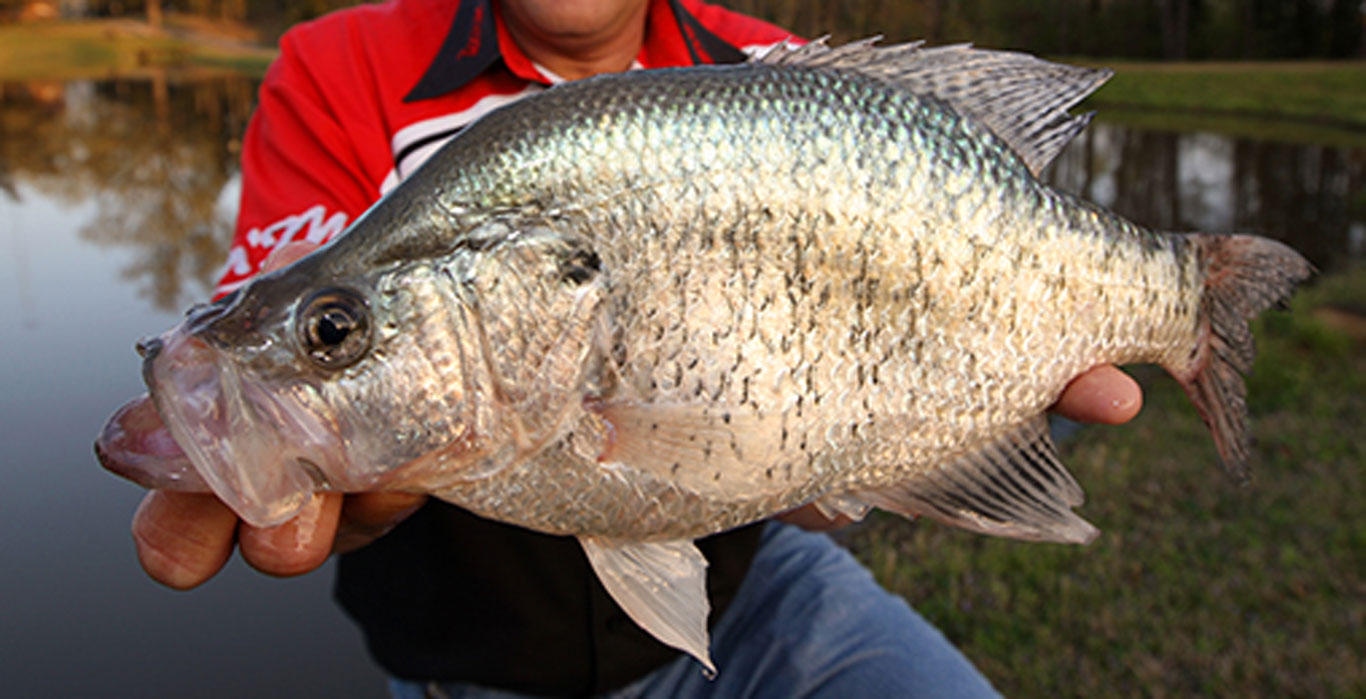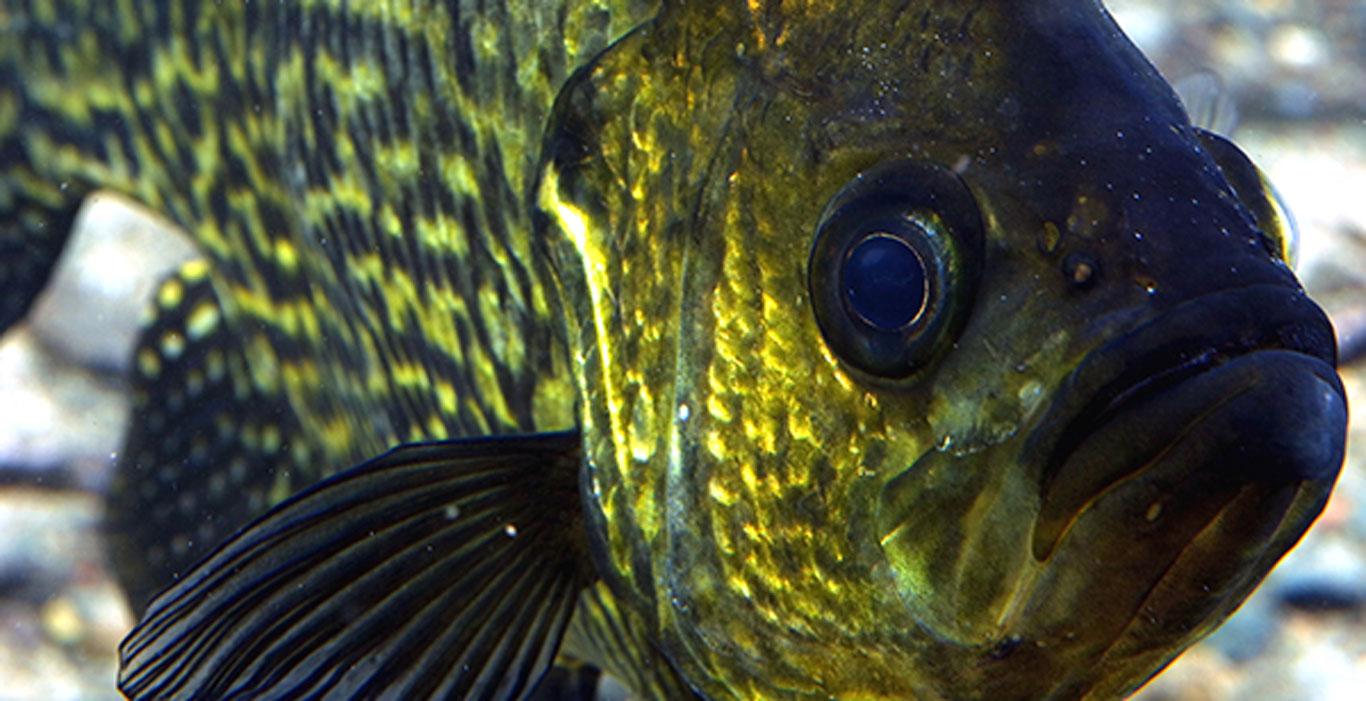
Several methods are available to estimate the weight of a fish. Some use length as well as girth measurements. Weight also can be estimated using only length measurements based on relationship between length and weight. Length-weight equations can be developed for specific waters, regions (e.g., states), or for a particular species.
Formulas containing length as well as girth are often most accurate for estimating weight, because the fatness or plumpness of the fish is accounted for. If only length is available, the most accurate weights often are estimated from length-weight relationships for specific waters or regions. For instance, in some waters fish might be relatively “skinny,” and the weight estimate might be overinflated if based on a formula created from data on a water body where fish are “fat” or even “normal.” That’s why adding girth to the formula can help with accuracy. Formula’s containing girth, however, also may not be as accurate as we’d like, because of inherent differences in the shape of fish and finding the right adjustment factor (or “shape” factor) to use in the formula. And it’s important to measure girth carefully, and at the fish’s fattest point, as girth estimates affect weight estimates powerfully.
One easy way to estimate fish weight is through the use of standard length-weight formulas. Species-specific formulas, called standard-weight equations, have been developed for dozens of fish species by fishery biologists to describe the standard growth form of a species as a whole. These relationships often are used to assess body condition (the relative weight or plumpness of a fish), which provides an index of a fish’s well-being, such as whether there are forage shortages or surpluses, and can sometimes reflect fish growth rate.
These standard length-weight formulas are often developed using thousands of fish from hundreds of populations across the range of a species, so they describe the “general” growth form of that species. For instance, the equation for black crappie was developed using over 20,000 fish across a range of sizes from 175 populations across the geographic range of black crappie.
*An important thing to keep in mind is that these standard length-weight formulas describe fish in “above-average” condition. In fact, the weights in the tables represent the 75th-percentile in the samples for that particular length, and are not average weights. In other words, if you lined up 100 random bass of the same length in order of weight, and those bass were a good representation of the range of weights for that length, the weight provided in the table would be for the 75th heaviest fish. While it might have made more sense to use the median weight for these formulas, fishery biologists decided to go with the 75th percentile so that the standard weight at a given length was an above-average or “ideal” target to shoot for in terms of body condition. So, if your fish appears plump and healthy, the weights from the table should be relatively close. If your fish is skinny to average, it will weigh less, and if very plump and remarkably “fat” it will weigh more. Just make an adjustment. No formula is 100-percent accurate, but if you have only length and not girth, this should help get you in the ballpark. Your state fishery agency may have standard weight tables based on regional data posted on their website. These formulas use total length of the fish, measured from the tip of the snout to the tip of the tail fin when compressed.
Crappie Length To Weight Conversion Charts

White Crappie 6 in0.09 lb7 in0.16 lb8 in0.25 lb9 in0.36 lb10 in0.52 lb11 in0.71 lb12 in0.95 lb13 in1.24 lb14 in1.59 lb15 in2.00 lb16 in2.48 lb17 in3.03 lb18 in3.67 lb

Black Crappie6 in0.11 lb7 in0.18 lb8 in0.28 lb9 in0.41 lb10 in0.59 lb11 in0.81 lb12 in1.08 lb13 in1.41 lb14 in1.81 lb15 in2.28 lb16 in2.83 lb17 in3.47 lb18 in4.20 lb











































